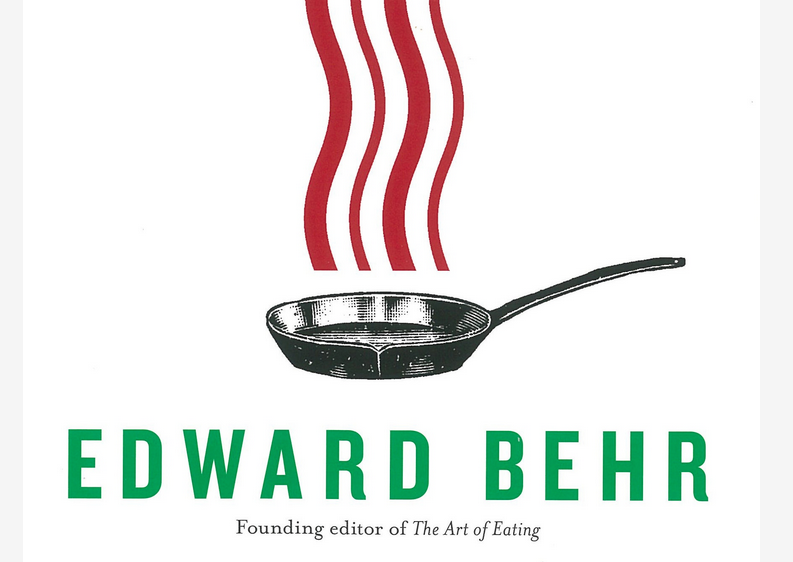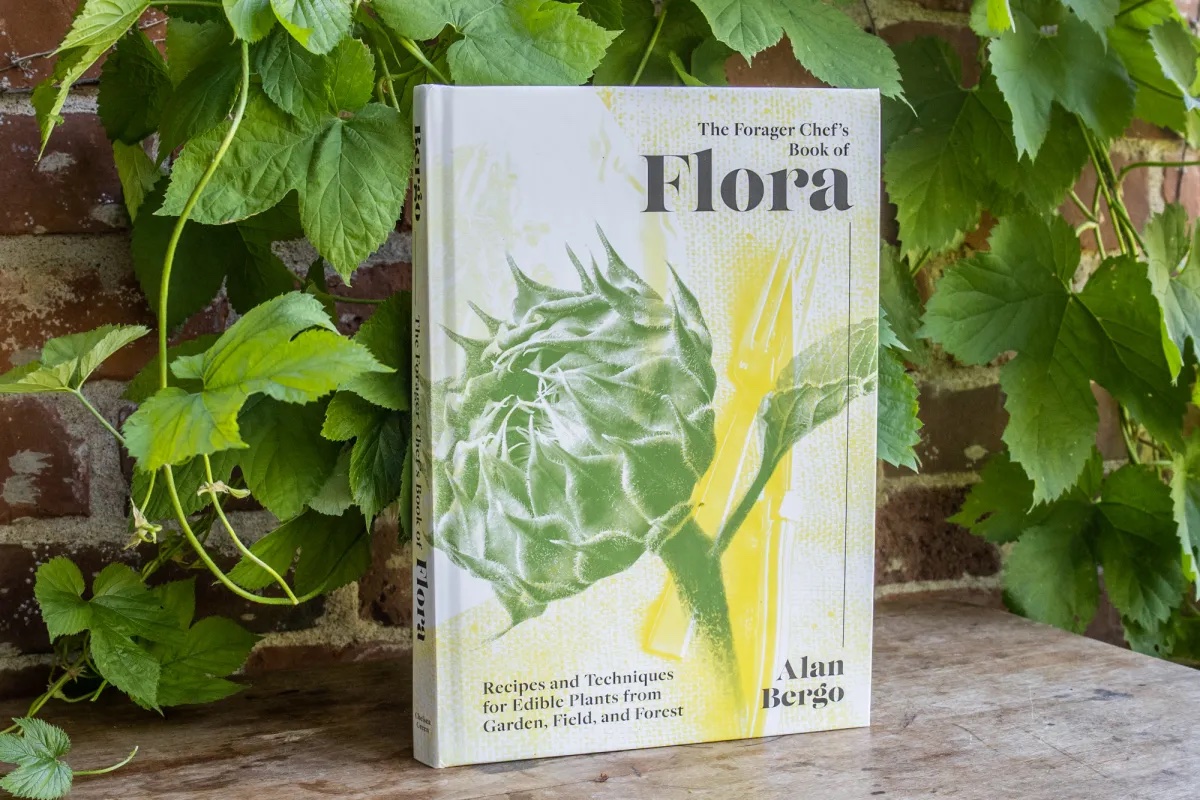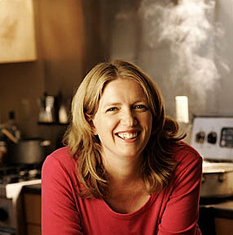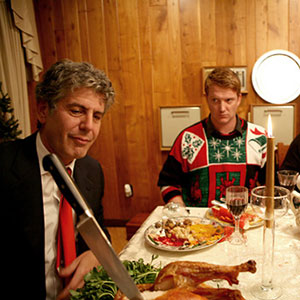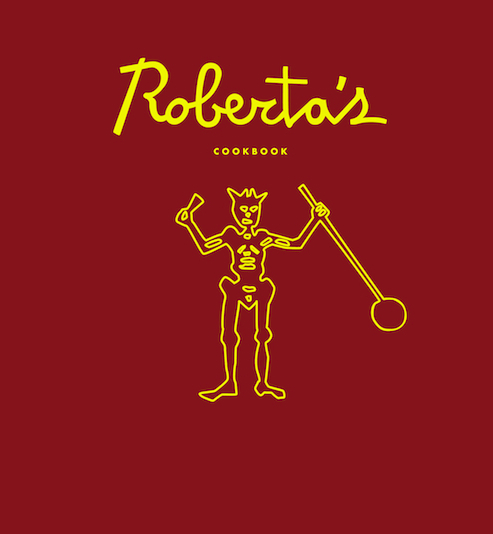
Late in the writer Mordechai Richler’s life, he penned an essay in which he confessed to not having read a list of great books, including Moby Dick. It struck me then as a courageous move, since I had my own list (though in theory more time to reduce it). Now, as a food writer, I think it’s even more brave, as I believe the members of my peculiar profession all have our own sort of Richler list: famous and influential restaurants to which we have not been. How can a journalist covering the restaurant scene write about it if he’s never had a meal at London’s River Café, Montreal’s Au Pied de Cochon or New York’s Daniel? Well, one way to cheat and fake it is to read those restaurants’ cookbooks.
Roberta’s is a Brooklyn “pizzeria”, that now also has an haute cuisine sister, on site, called Blanca. More than just popular restaurant in an ever more popular borough of New York, Roberta’s captured the imagination of that city’s press, which more or less extends across the English speaking world. If you scanned the internet to read about restaurants in the last five years or so, at some point you would have read something about Roberta’s. You would have read that it made really good pizza from artisanal ingredients, that it was very popular with bohemian looking people in the mid-twenties to early-thirties that sometimes are called hipsters, that it’s decor was improbably shack like, and above all else it was pretty cool.
Four of Roberta’s founders, Carlo Mirachi, Brandon Hoy, Chris Parachini and Katherine Wheelock have recently published Roberta’s Cookbook. I have never been to Roberta’s, and like Morecai Richler and Moby Dick, I may well never get to it. But, I feel like I have better idea of what all the fuss has been about by reading and flipping through the cookbook. The idea of a pizza restaurant cookbook is, I’ll admit, slightly ridiculous. There are some foods that are so easy and delicious to make at home, like grilled cheese, that it seems silly to order them out. And there are some foods that are so much better made in a restaurant, like pizza out of a wood fired oven, that it seems futile to try home versions – at least if you live in a big city. But the pizza recipes in Roberta’s Cookbook are well illustrated and interesting to behold and suggest flavour combinations that might be tried off of a disk of dough, like kale, cheddar and maitake mushrooms. The non-pizza recipes, are equally inspiring and, for the most part, not overly fussy in ingredient or technique for the home cook. There are flourishes of chefiness, like a recipe for Celtuce and Goat’s Milk, or Foie Gras, Almond Milk, Hidden Rose Apple, Balck Pepper. For the most part, though most of the mains would be fun dinner party dishes that straight forward, but for the addition of a slightly exotic herb, like sorrel.
The Roberta’s Cookbook also includes a history of how the restaurant came to be, as well as many pictures of staff and patrons looking good, having fun and being cool – very much capturing the spirit of their times.
 Malcolm Jolley is a founding editor of Good Food Revolution and Executive Director of Good Food Media, the company that publishes it. Follow him at twitter.com/malcolmjolley
Malcolm Jolley is a founding editor of Good Food Revolution and Executive Director of Good Food Media, the company that publishes it. Follow him at twitter.com/malcolmjolley



